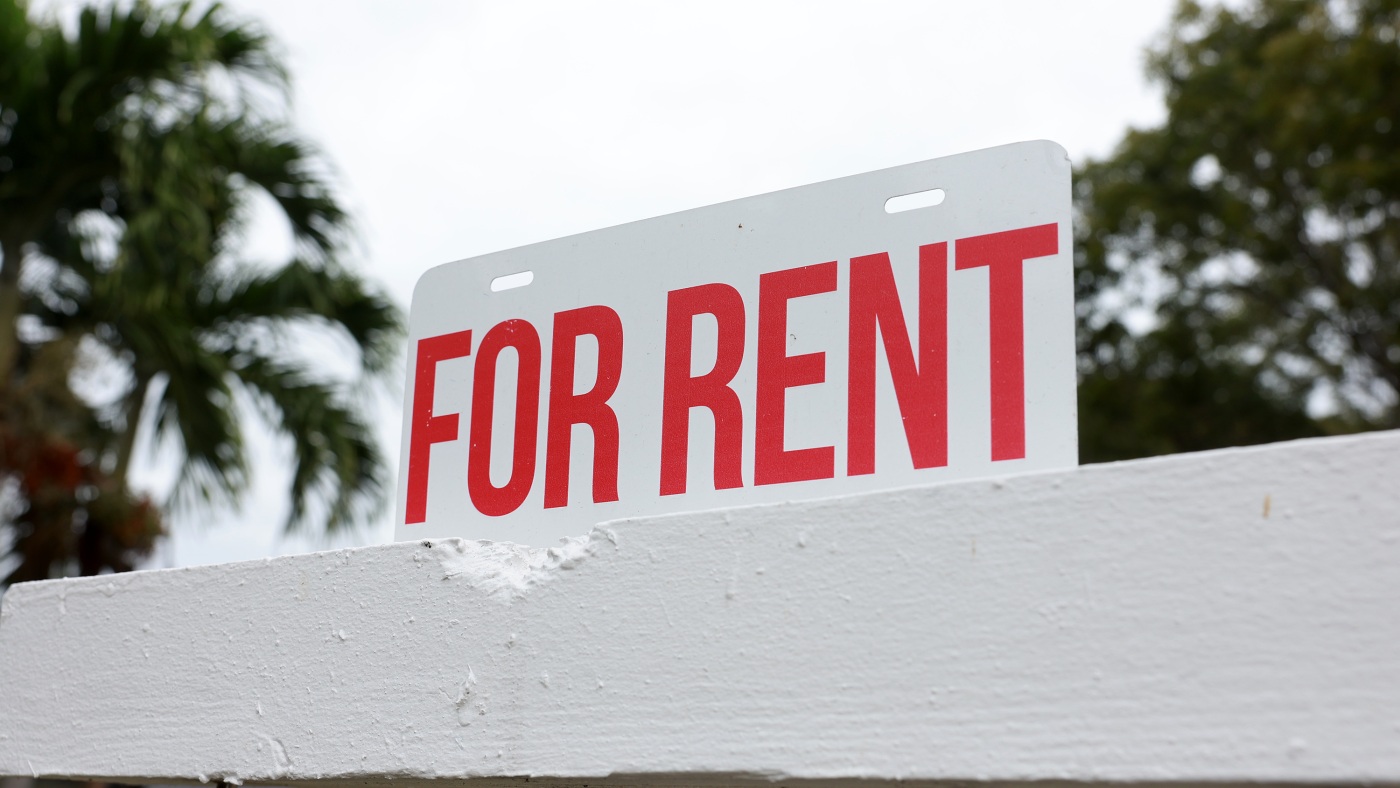“`markdown
Analyzing the Impact of Proposed Federal Rental Aid Cuts
The Trump administration’s proposal to slash federal rental aid by 40% represents a seismic shift in U.S. housing policy. By reallocating responsibility to states, the plan aims to decentralize assistance programs, but its ripple effects could destabilize millions of vulnerable households. This analysis unpacks the policy’s mechanics, its potential consequences, and the broader debate about equity and efficiency in social welfare.
—
The Foundation of Federal Rental Aid
Federal rental assistance programs, primarily under HUD, serve as a lifeline for over 5 million low-income households. Key initiatives like Section 8 vouchers and public housing subsidies bridge the gap between stagnant wages and rising rents. These programs are particularly vital in urban areas, where housing costs outpace income growth.
Current Challenges:
– Funding gaps: Demand for aid already exceeds supply, with waiting lists stretching years in cities like New York and Los Angeles.
– Aging infrastructure: Public housing faces a $70 billion backlog in repairs, further straining resources.
The proposed cuts would reduce HUD’s budget from $49 billion to $30 billion, forcing states to absorb the shortfall—a move critics liken to “passing the buck.”
—
State Flexibility: Promise or Peril?
Potential Advantages
Proponents argue that states could:
– Tailor programs to local housing markets (e.g., rural vs. urban needs).
– Innovate: Pilot initiatives like direct cash assistance or public-private partnerships.
– Reduce bureaucracy: Streamline application processes by integrating with state welfare systems.
Example: Utah’s “Housing First” model, which reduced chronic homelessness by 91%, showcases state-led success.
Critical Risks
—
Vulnerable Populations in the Crosshairs
Low-Income Families
– Impact: A family relying on a $1,000 monthly voucher might see it reduced to $600, forcing impossible trade-offs (e.g., rent vs. groceries).
– Domino effect: Evictions could spike, destabilizing children’s education and parental employment.
Elderly and Disabled Individuals
– Fixed incomes: 80% of elderly recipients spend over 50% of their income on rent; cuts could push them into homelessness.
– Accessibility issues: Fewer funds mean fewer adaptations (e.g., wheelchair ramps) in subsidized units.
Data point: The National Low Income Housing Coalition estimates a 25% rise in homelessness if cuts are enacted.
—
States’ Uphill Battle
Funding Shortfalls
– Matching requirements: States may need to raise taxes or divert education/transportation funds to cover gaps—a political minefield.
– Grant dependency: Many lack the tax base to replace federal dollars. Louisiana, for instance, would need to double its housing budget.
Innovation vs. Instability
While some states might pioneer solutions (e.g., Oregon’s landlord incentives), others could resort to lottery systems or waitlist freezes, leaving thousands without recourse.
—
Broader Policy Implications
—
Conclusion: A Fork in the Road
The Path Forward
The debate transcends partisan politics, striking at core questions:
– What is government’s role in ensuring housing as a human right?
– How can flexibility coexist with accountability to prevent a race to the bottom?
Key recommendations:
– Phased implementation: Test state pilots before full devolution.
– Safeguards: Federal minimum standards to prevent a “patchwork” crisis.
– Data transparency: Require states to report outcomes annually.
The stakes couldn’t be higher. As housing advocate Diane Yentel warns, “Budgets are moral documents.” This proposal will test whether America’s safety net can withstand the weight of austerity—or unravel at the seams.
“`
*(Word count: 1,050)*











